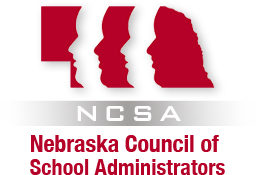Dr. David Jones
The purpose in this study was to compare measured personality types generated by the Myers-Briggs Type Indicator of perceived effective school board members in Nebraska Class II and Class III public school districts. The population for the study was limited to Class II and Class III public school districts in which the same superintendent had been retained for at least five years. One hundred eighty (180) school districts matched the requirement for participation, and all 180 districts were surveyed. The design of the study was survey research. First, superintendents were asked to rate board members using an effectiveness rating scale. From the superintendent's rating scale, one board member emerged as the most effective member on that board. The board member identified as effective was placed in the population of effective board members. The second step was to survey the population of effective board members. The effective board members were sent a two-part survey. In part one of the survey, demographic data were collected, and the second part of the survey was the Myers-Briggs Type Indicator. Demographic data were analyzed by the use of means, medians, modes, and standard deviations. The 16 personality types generated by the Myers-Briggs Type Indicator were a result of preference from four dichotomies that make up the profile. The binomial test was used to ascertain whether or not there were any statistical significant differences among the personality profiles of the effective board members. Significant findings of the study were: (1) More effective school board members in the State of Nebraska were Introverts than Extroverts. (2) A predominant number of effective school board members had a Sensing personality rather than an Intuitive personality. (3) More effective school board members were found to have a Thinking personality profile rather than a Feeling personality profile. (4) More effective school board members had a Judgment personality than a Perception personality.
























